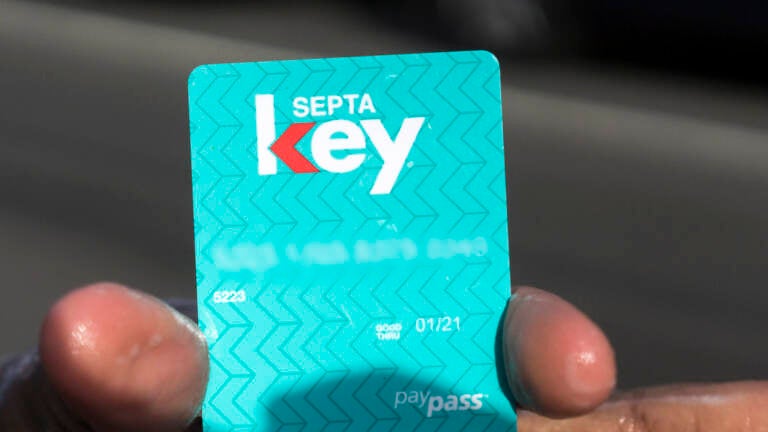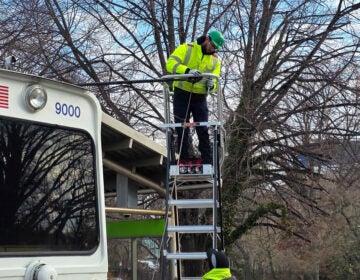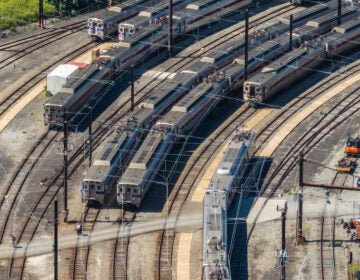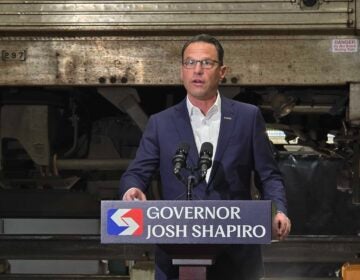SEPTA to spend $211M on new fare collection system
The existing SEPTA Key system is rapidly becoming obsolete. The replacement system will be able to handle a new generation of cashless technology.
Listen 1:12
A SEPTA Key card. (Danya Henninger / Billy Penn)
From Philly and the Pa. suburbs to South Jersey and Delaware, what would you like WHYY News to cover? Let us know!
Work on the next generation of fare collection on SEPTA will begin after the transit agency’s board approved a $211 million contract for SEPTA Key 2.0. The system will be used to collect fares on regional mass transit, including buses, trains and trolleys.
Cubic Transportation Systems Inc. will design, install and operate the new system that will replace the aging SEPTA Key system, which is running on technology that’s nearly 15 years old, said Andrew Busch, spokesperson for the transit agency.
“We’ve had [SEPTA Key] out there for riders to use for about nine years now, but it’s based on technology that is getting on 15 years old,” Busch said. “A good analogy would be to think about what version of the iPhone you had in 2011 compared to what you have now and how much technology has advanced since then.”
SEPTA Key was unreliable at times, including last year when SEPTA Key cards failed for some travelers. That caused the agency to lose money because it had to allow riders to use the system for free.
Bush said the second generation of SEPTA Key will be built using open architecture, allowing the system to recognize forms of payment that haven’t even been invented yet.
“We don’t want our customers to have to guess whether or not the system’s working. We want it to be reliable and consistent and then open to be able to adapt to whatever comes up,” Busch said.
The awarding of the contract is just the first in a multi-stage process for implementing a new contract with a different company that currently has the contract to run the fare collection system. The new equipment won’t be forward-facing to the public until at least 2027, according to Busch.
In the meantime, the current system will be expanded to allow for contactless payments on the regional rail system so that riders can use their credit card the same way they do on buses, subways and trolleys in the region.
The 2027 rollout also has to do with all the events scheduled in Philadelphia in 2026 including the FIFA Men’s World Cup and MLB All-Star Game.
Busch said the transit agency didn’t want to be “doing any kind of wholesale change” until after those events are concluded because they will draw large crowds.
While the new system is designed and built, the plan for now is to “tighten up the current system and have that functioning for regular customers and those who are visiting,” Busch said.
In the next year or so, work will start on engineering the behind-the-scenes architecture so there will be a smooth transition in 2027, when work begins that travelers will see.

Get daily updates from WHYY News!
WHYY is your source for fact-based, in-depth journalism and information. As a nonprofit organization, we rely on financial support from readers like you. Please give today.






